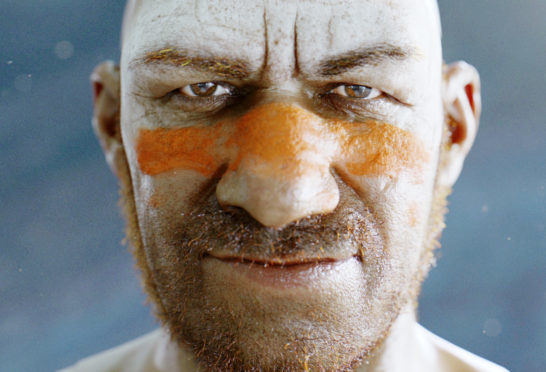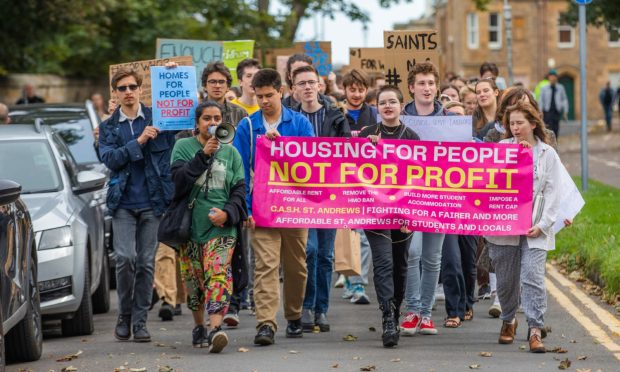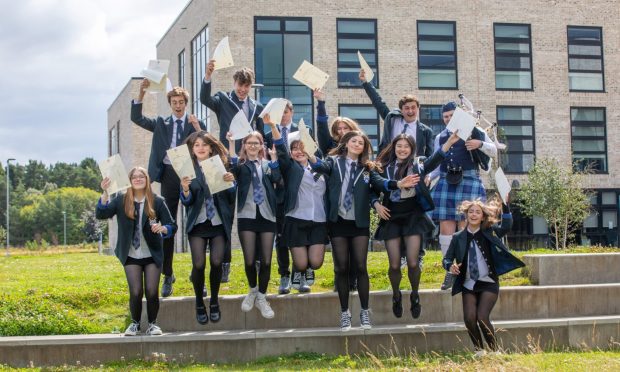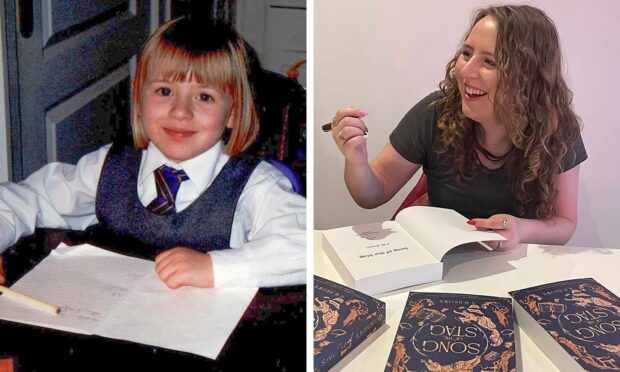A Dundee researcher has helped bring a 50,000-year-old Neanderthal back to life for a major BBC TV show.
Dr Christopher Rynn, who is an expert in facial reconstruction at Dundee University, will feature in Neanderthals: Meet Your Ancestors, due to be aired for the first time tomorrow.
Viewers will see Dr Rynn reconstruct the face of an ancient skull fossil found in Iraq.
Taking clues from the bone structure, he has used his expertise to recreate the features of the caveman, named Ned, who has not been seen for more than 50,000 years.
Also featured in the programme is Hollywood star Andy Serkis, whose company, the Imaginarium, has used the image to create the first scientifically accurate, 3D working avatar of a Neanderthal.
With the help of cutting-edge CGI technology, the show’s producers were also able to reconstruct a Neanderthal hunt.
The same technology helped Serkis star as Gollum in Lord of the Rings and Caesar in Planet of the Apes.
The hunters’ voices have also been modelled — 40,000 years after they died out. And to test how well Neanderthals would blend in to modern society, the show’s makers put Ned among commuters on a busy tube train.
Dr Rynn, who works in the university’s Centre for Anatomy and Human Identification, said he had been “bursting” to tell friends and family that his work would feature on TV.
He said: “Having reconstructed Ned’s face, I am as excited as anyone to see how he looks in the final show and to see what the producers have done with him.
“I have been bursting to tell people about this since the filming took place almost a year ago but was sworn to secrecy so I’m relieved I can finally talk about the show.”
Dr Rynn said Ned’s skull had actually helped to shine a greater light on the behaviour of Neanderthals.
He said: “I was working from a plastic cast of Ned’s skull, which tells a story in itself.
“Ned was in his 30s when he died, but the skull shows he had received a severe head injury when he was in his teens.
“The severity and location of the injury means he would likely have been blind and deaf on the left side, while the withered nature of the right side of his skeleton means he would have been quite severely disabled.
“Despite this, he lived for another 20 years after his injury and was found with other members of his family.
“He would have been unable to care for himself so this provided the first evidence that Neanderthals looked after each other.”
The first of the two-part series will be broadcast on BBC2 on Sunday May 13 at 8pm with the second aired at the same time next week.




